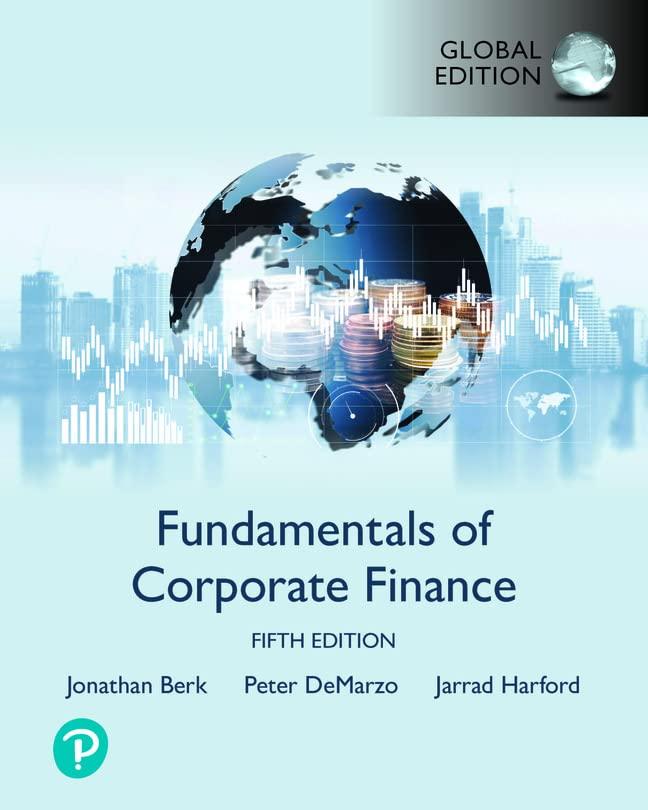Few IPOs have garnered as much attention as social media giant Facebooks public offering on May 18,
Question:
Few IPOs have garnered as much attention as social media giant Facebook’s public offering on May 18, 2012. It was the biggest IPO in Internet history, easily topping Google’s initial public offering eight years earlier. Let’s take a closer look at the IPO itself, as well as the payoffs to some of Facebook’s early investors.
1. Begin by navigating to the SEC EDGAR Web site, which provides access to company filings: http://www.sec.gov/edgar.shtml. Choose “Search for Company Filings” and pick search by company name. Enter “Facebook” and then search for its IPO prospectus, which was filed on the date of the IPO and is listed as filing “424B4” (this acronym derives from the rule number requiring the firm to file a prospectus, Rule 424(b)(4)).
From the prospectus, calculate the following information:
a. The underwriting spread in percentage terms. How does this spread compare to a typical IPO?
b. The fraction of the offering that comprised primary shares and the fraction that comprised secondary shares.
c. The size, in number of shares, of the greenshoe provision. What percent of the deal did the greenshoe provision represent?
2. Next, navigate to Google Finance and search for “Facebook.” Determine the closing price of the stock on the day of the IPO (use the “Historical prices” link). What was the first day return? How does this return compare to the typical IPO?
3. Using the data provided by Google Finance, calculate the performance of Facebook in the three-month post-IPO period. That is, calculate the annualized return an investor would have received if he had invested in Facebook at the closing price on the IPO day and sold the stock three months later. What was the return for a one-year holding period?
4. Prior to the public offering, Facebook was able to raise capital from all the sources mentioned in the chapter. Let’s concentrate on one particular source, Microsoft Corporation.
a. Microsoft made one investment in Facebook, during October 2007. Go to Facebook’s corporate news Web site (http://newsroom.fb.com) and locate the press release announcing this investment. Using the information in that press release and the number of shares owned by Microsoft listed in the IPO prospectus, calculate the per share price Microsoft paid.
b. Calculate the return (expressed on an annual basis) Microsoft earned on its investment up to the IPO (using the IPO price).
c. How much money did Microsoft receive from the IPO?
5. Facebook had only one angel investor, Peter Thiel (the founder of PayPal). Mr. Thiel invested more than once in Facebook, both as an angel and, in later rounds, on behalf of investors in his venture capital firm, Founders Fund. As an angel, Mr. Thiel invested $500,000 in September 2004. Assuming that all the shares he received in the angel round were registered under the name Rivendell One LLC, use the information in the prospectus to calculate:
a. The per share price he paid as an angel.
b. The annualized return (using the IPO price) he made on his investment.
c. The amount of angel money Mr. Thiel received from the proceeds of the IPO (that is, from his Rivendell investments alone).
Step by Step Answer:

Fundamentals Of Corporate Finance
ISBN: 9781292437156
5th Global Edition
Authors: Jonathan Berk, Peter DeMarzo, Jarrad Harford





